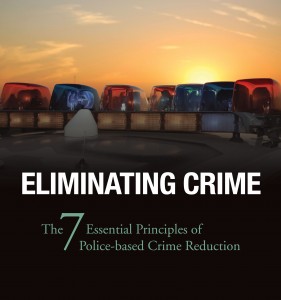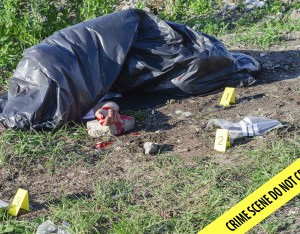Protest and conflict have increasingly become a common feature of political life in many countries, including Canada. The policing of protests is complicated, given that it sits at the intersection of two vitally important, but sometimes conflicting, political interests, namely maintaining public safety and the public’s right to protest. Protests have historically been an important means through which individuals express support for, or dissatisfaction with, governmental policies or decisions. The right to peaceful public protest is generally held to be a fundamental attribute of participation in healthy democracies, and, in Canada, this right is protected through the Canadian Charter of Rights and Freedoms (1982) regarding the freedoms of expression, association, and peaceful assembly. Thus, to the extent that public protests take place within the limits of the law, the police must protect citizens’ rights to engage in such protests. Conversely, protests have the potential to, and
often have, become disorderly, aggressive, or violent. In this way, protests can serve as threats to public order that the police have a responsibility to respond to. Balancing these dueling mandates has sometimes proven to be a difficult challenge for law enforcement.




